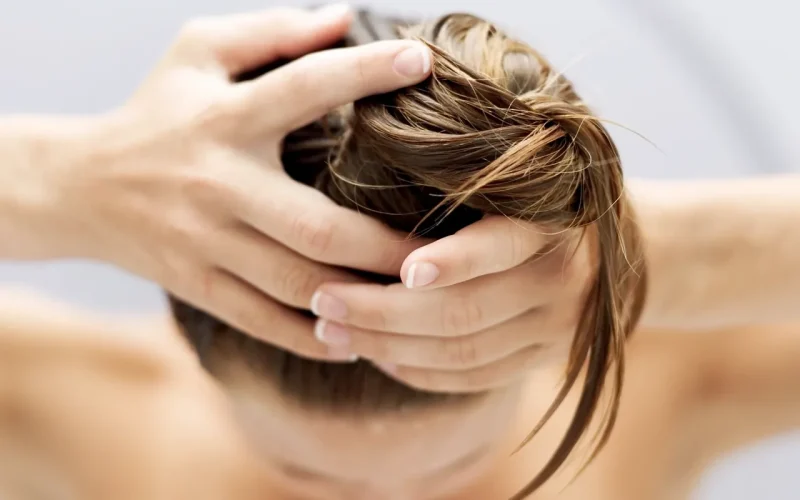When it comes to maintaining strong and healthy hair, most of us think about vitamins, minerals, and good hair care products. However, there’s a fundamental element that plays a crucial role in the structure and strength of our hair: disulfide bonds. Understanding these bonds can offer insight into why hair behaves the way it does and how to keep it looking its best.
What are Disulfide Bonds?
Disulfide bonds are a type of chemical bond that forms between sulfur atoms in the amino acids of proteins. In the context of hair, these bonds are particularly significant because they are a key component of the protein keratin. Keratin is the structural protein that makes up the majority of your hair’s composition, giving it strength and resilience.
The Role of Disulfide Bonds in Hair Structure
Disulfide bonds play a critical role in the structural integrity of hair. Here’s how they contribute to hair health:
- Strength and Stability: Disulfide bonds create cross-links between the long chains of keratin proteins. These bonds act like molecular “glue,” holding the keratin strands together and providing strength and stability to the hair.
- Shape and Texture: The number and arrangement of disulfide bonds in the hair determine its shape and texture. For example, curly hair has more disulfide bonds compared to straight hair, which contributes to its curl pattern. The formation and breaking of these bonds influence how hair curls or straightens.
- Resilience to Damage: Strong disulfide bonds help the hair withstand daily wear and tear, including heat styling, environmental exposure, and chemical treatments. When these bonds are compromised, hair can become weak, brittle, and prone to breakage.
Factors Affecting Disulfide Bonds
Several factors can impact the integrity of disulfide bonds in hair:
- Chemical Treatments: Processes like perming, relaxing, or coloring can alter the disulfide bonds, potentially weakening them if not done properly. For example, hair coloring often involves breaking and re-forming disulfide bonds to change the hair’s color.
- Heat Styling: Frequent use of heat styling tools, such as flat irons or curling wands, can weaken disulfide bonds over time. High temperatures can break these bonds, leading to damaged and brittle hair.
- Environmental Factors: Exposure to harsh weather conditions, such as sun, wind, and chlorine, can also affect the strength of disulfide bonds. Protecting hair from these elements can help maintain bond integrity.
Tips for Maintaining Healthy Disulfide Bonds
To keep disulfide bonds strong and healthy, consider the following tips:
- Use Gentle Hair Care Products: Opt for shampoos and conditioners that are designed to strengthen and protect hair. Look for products with ingredients that support bond health and overall hair resilience.
- Limit Heat Styling: Reduce the frequency of heat styling and use heat protectant products when styling hair. This helps minimize damage to disulfide bonds.
- Protect from Environmental Damage: Wear hats or use protective hair products when exposed to the sun or harsh weather. Rinse hair with fresh water after swimming in chlorinated pools.
- Get Regular Trims: Regular haircuts help remove split ends and breakage, promoting overall hair health and maintaining the strength of disulfide bonds.
Conclusion
Disulfide bonds are vital for the strength, stability, and appearance of hair. By understanding their role and how to care for them, it’s possible to keep hair looking strong, shiny, and healthy. Incorporate these tips into your hair care routine to ensure that disulfide bonds remain intact and your hair remains in top condition.
For those looking to enhance hair health, consider using products that support and strengthen these crucial bonds. With the right care, it’s possible to achieve and maintain beautiful, resilient hair. To give your hair the best support, check out our product Acid Repair, specifically formulated to help maintain and reinforce disulfide bonds. Experience the benefits of healthier, stronger hair with Acid Repair.
Further Reading

